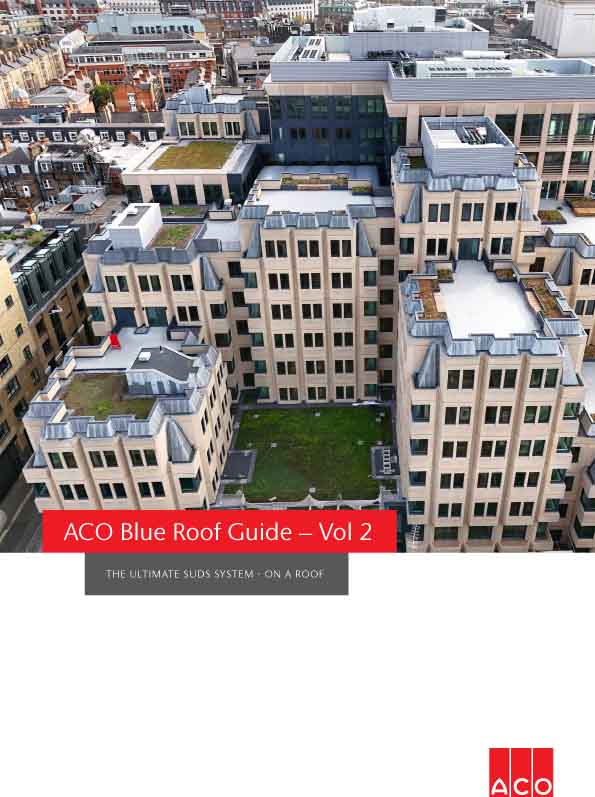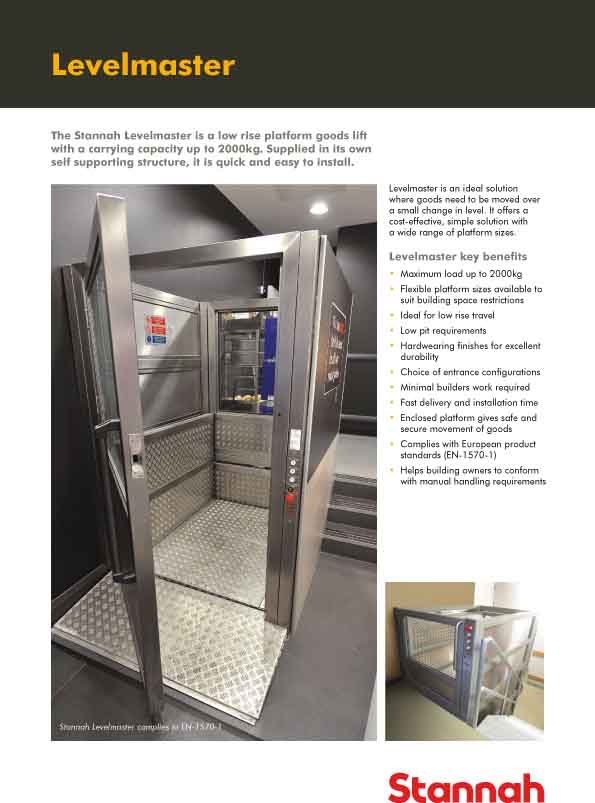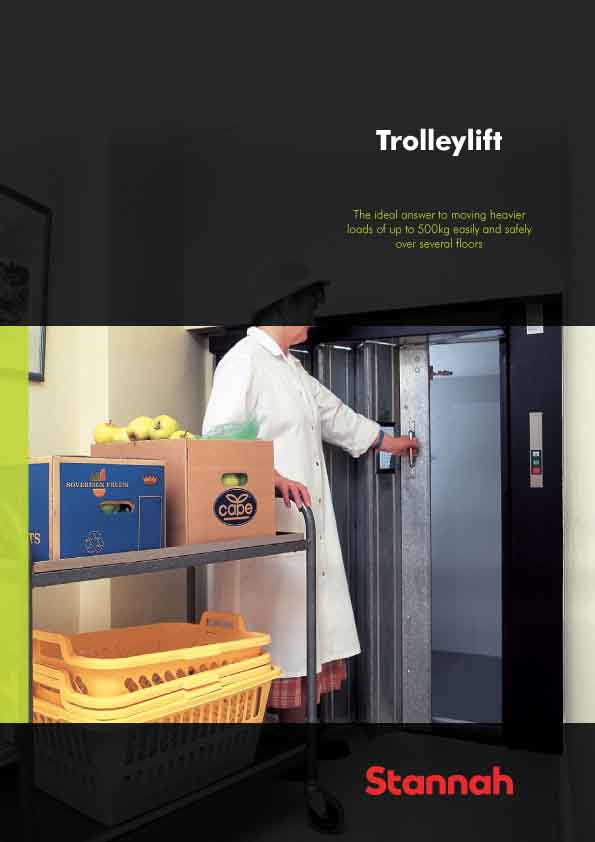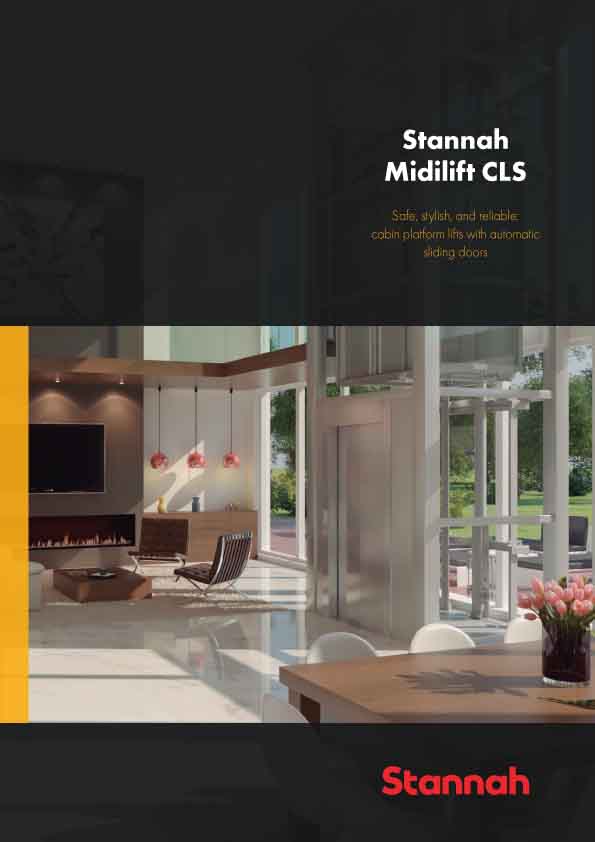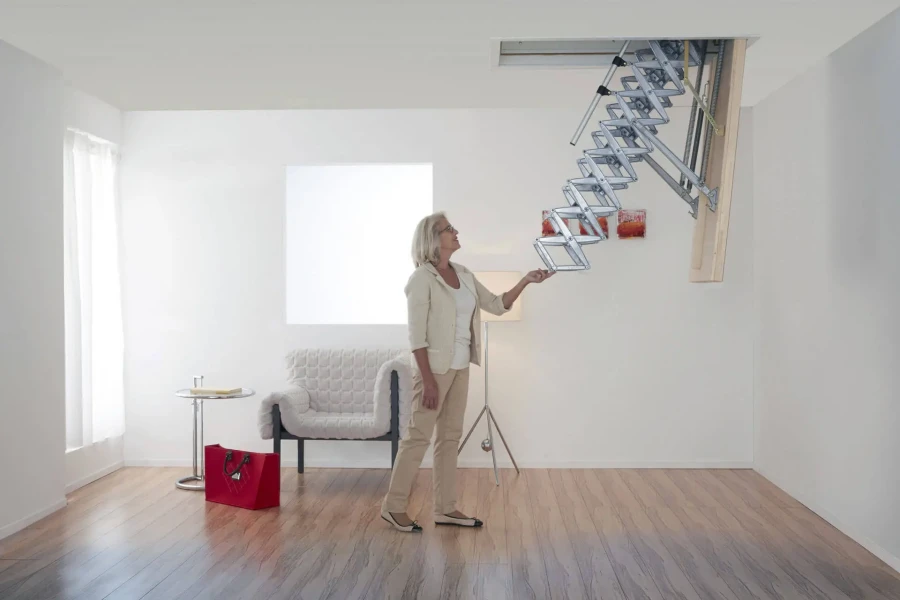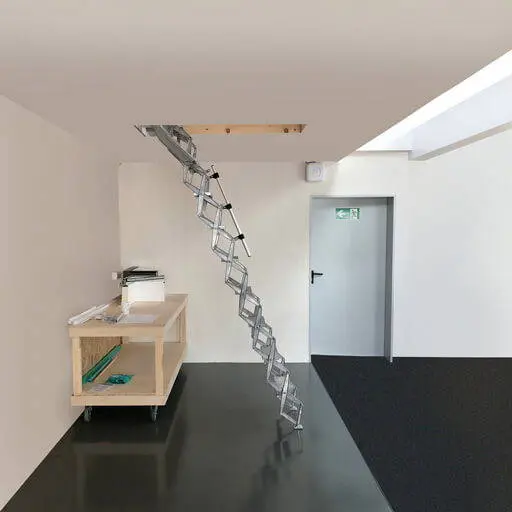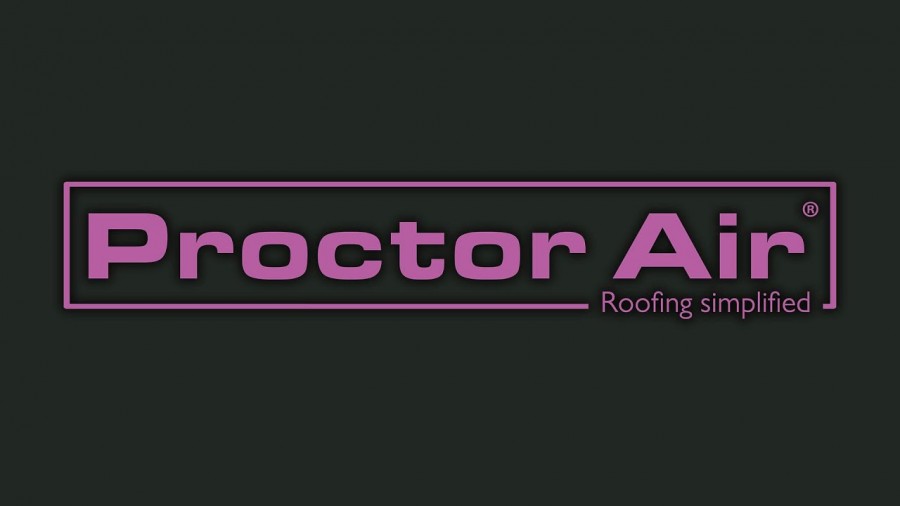The end of the opening quarter saw a marked growth slowdown in the UK manufacturing sector.
Output and new orders both expanded at reduced rates in March, while new export business contracted for the second successive month. Manufacturers indicated that ongoing supply shortages, greater caution among clients, escalating inflationary pressures and geopolitical tensions had all hampered the upturn.
The seasonally adjusted S&P Global / CIPS UK Manufacturing Purchasing Managers’ Index (PMI) slipped to a 13-month low of 55.2 in March, down from a three-month high of 58.0 February. The flash estimate was 55.5.
All five of the PMI sub-components had a negative influence on its level in March. Along with weaker growth of output and new orders, there were slower upturns in both stocks of purchases and employment and a lessening in the extent to which average supplier lead times were lengthening.
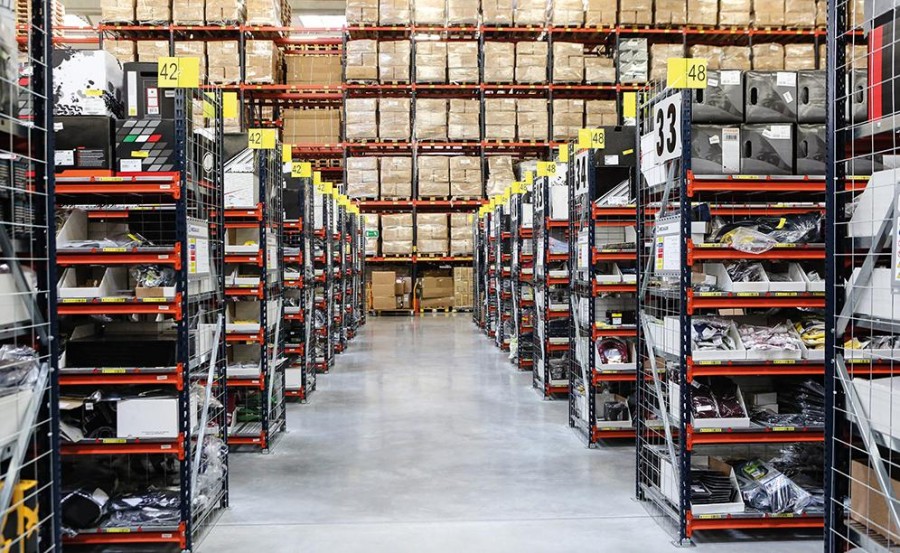
Manufacturing production expanded for the twenty-second month in a row. However, the rate of increase eased to a five-month low, as growth decelerated across the consumer, intermediate and investment goods industries. The extent of the slowdown was especially marked at consumer goods producers.
New orders rose at the slowest pace during the current 14-month sequence of increase in March. There were reports that growth of domestic demand was less robust, while new export orders contracted for the sixth time in the past seven months. Lower intakes of work from overseas were linked to rising geopolitical tensions, ongoing difficulties following Brexit and sales lost due to distribution delays.
Manufacturers also faced escalating cost inflationary pressures in March. Input prices rose for the twenty-eighth consecutive month, with the rate of increase hitting a three-month high. Rates of increase accelerated across the consumer, intermediate and investment goods industries, and remained well above long-run averages.
Companies reported a wide-range of goods as up in price, as rising demand for inputs met supply chain constraints, material shortages,higher energy costs and rising geopolitical tensions. There was also mention of transportation issues, surcharges and exchange rates contributing to higher costs.
Shortages and rising prices at suppliers also contributed to increased costs. Vendor lead times lengthened for the thirty-third consecutive month and again to one of the greatest extents in the survey history. That said, there were further signs that supply bottlenecks had passed their peak, as delivery delays were at their lowest for almost one-and-a- half years (October 2020).
Manufacturers passed part of the increase in costs on to clients in the form of higher charges. Average selling prices rose at the quickest pace in three months, with steeper increases registered at consumer, intermediate and investment goods producers.
March saw employment expand for the fifteenth consecutive month. Increased hirings were seen across the consumer, intermediate and investment goods industries and at small, medium and large-sized companies.
Higher staffing reflected increased output, improved demand and efforts to address labour shortages. Purchasing activity and stocks of inputs also rose, in some cases due to risk mitigation strategies.
Finally, manufacturers maintained a positive outlook in March, with over 55% forecasting that output would rise over the coming 12 months. However, positive sentiment fell sharply to a 14-month low. Companies voiced concerns about rising geopolitical tensions, inflationary pressures and labour shortages.
Rob Dobson, Director at S&P Global, said: “March saw a marked growth slowdown in the UK manufacturing sector, with rates of expansion for production and new orders both easing and new export business suffering back-to-back declines. The slowdown in consumer goods output was especially marked.
“Manufacturers are being hit by several headwinds simultaneously, as supply shortages, greater caution among clients, escalating inflationary pressures, ongoing Brexit factors and rising geopolitical tensions all hamper the upturn. It is therefore little surprise that business optimism has slumped to a 14-month low. The inflationary picture also provides no signs of inflation pressures abating, with the already elevated rates of increase in input costs and selling prices both re-accelerating. Job creation is holding up better though, with a further solid increase seen in March, as companies continue to respond to continued growth and address ongoing labour shortages. However, such strong hiring looks unsustainable in the face of the mounting headwinds.”
Duncan Brock, Group Director at the Chartered Institute of Procurement & Supply: “A muted end to the first quarter of 2022, with flatter levels of production and the softest growth in manufacturing for over a year.
“While new order expansion continued in March largely driven by the domestic market, clients hesitated to commit due to strong rises in prices and potentially further disruption to supplies. Pipelines of work from overseas also took a hit and fell for the sixth time in just over half a year as Brexit customs added to the impacts on UK supply chains.
“This triple whammy particularly impacted the consumer goods sector as reluctant shoppers worried about energy costs, national insurance rises and the elevated cost of food, ruled out shopping for household appliances, clothing and vehicles.
“The sudden weakness creeping into the sector, meant downcast manufacturers showed the lowest optimism for the strength of the marketplace since January 2021. After building up stocks and staff capacity in readiness for a stronger recovery, the war in Ukraine and subsequent shortages threatens to undo the good work achieved so far.”










